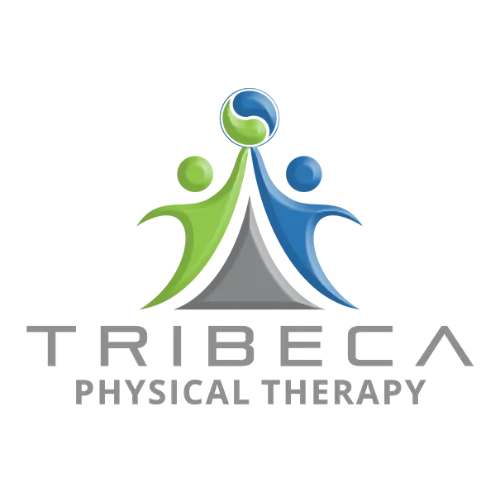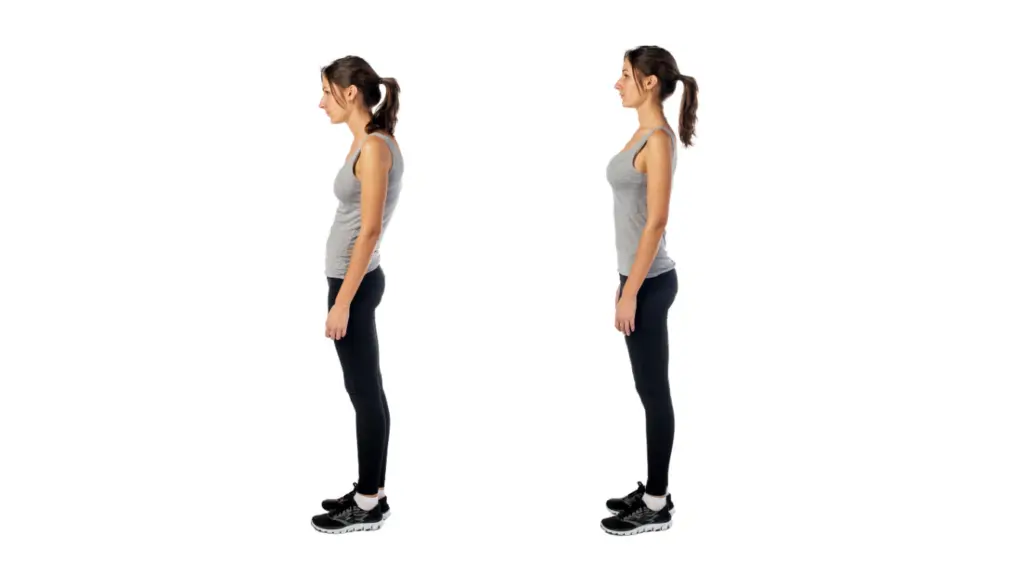Do you need some help with your scoliosis? Do you have trouble standing up straight or even walking? Do you feel like your entire body leans to one side? Are your shoulder blades uneven (one being prominent or higher)? Can you feel a bump in your lower back? These are the common factors signaling that your spine curves are in trouble or that you have scoliosis.
Scoliosis is a medical condition which refers to a three-dimensional deformative abnormality on the lateral curvature of the spine. The spine curves sideways, meaning when you do a self-quick forward bend test: standing with your feet together, bending forward as far as you can with your palms together, fingers pointing at between your toes. You will see from the back that one side either upper or lower back region will be higher than the other side. On an X-ray film, the normal spine looks straight, but the scoliosis spine will look like a “C” or “S”. Scoliosis is any spinal curve greater or equal to 10 degrees.
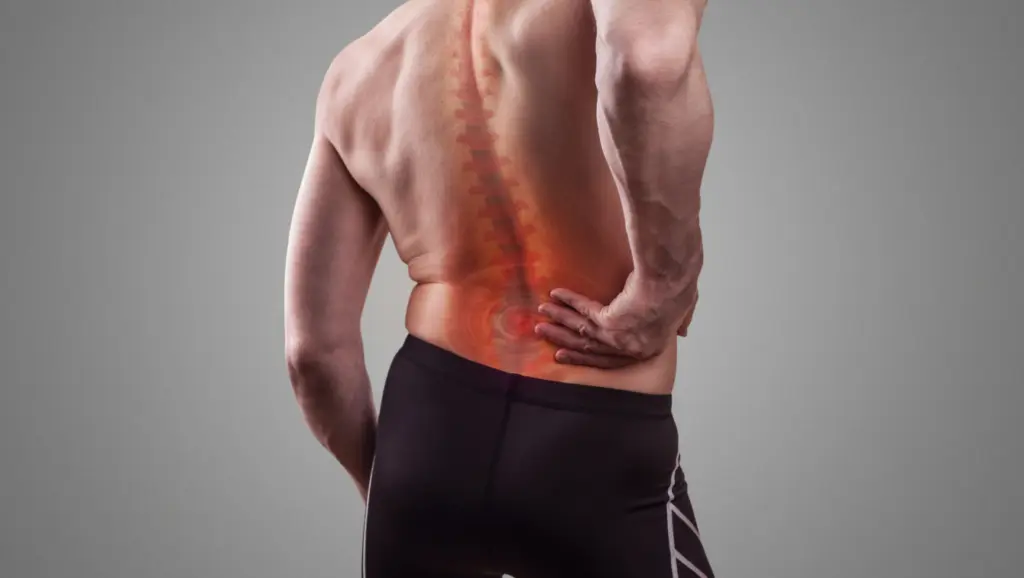
Severity of scoliosis can be measured by curves in degrees:
- Mild scoliosis (curve less than 20 degrees) – will usually not require significant medical attention and is not as visible as other posture disorders. Mild scoliosis is generally the term used to describe scoliosis where the Cobb angle, or curvature of the spine. Mild scoliosis is the most responsive to exercise treatment.
- Moderate Scoliosis (curve is between 25 degrees and 40 degrees) – often involves bracing to stop the spine from curving further. Depending on the curvature of the spine, your doctor might recommend increased medical observation or other treatment methods.
- Severe scoliosis (curve is more than 50 degrees) – curves that damage the joints and cause arthritis of the spine. Large curves can make the ribs rub against the pelvis, causing pain. If the spine curves a lot, people might get lung problems.
Based on clinically relevant anatomy, the vertebral column displays also different curves in the upright posture:
- Cervical curves – There are two normally occurring curves in the cervical spine: the upper cervical curve extending from the occiput to the axis, and the longer lordotic curve of the lower cervical spine extending from the axis to the second thoracic vertebrae. The upper cervical curve is convex forwards and is the reverse of the lower cervical curve.
- Thoracic curve – This curve is concave forwards, extending from T2 to T12. The concavity is due to greater depth of the posterior parts of the vertebral bodies in this region. In the upper part there is often a slight lateral curve with the convexity directed to either the right or left.
- Lumbar curve – The lumbar curve is convex forwards and extends from L1 to the lumbosacral junction.
- Sacral curve – The curve extends from the lumbosacral junction to the coccyx. Its anterior concavity faces downwards and forwards.
Scoliosis can affect children or adults. Some kids are born with it. Most of the time, the cause is unknown. Adults can get it later in life, too. Nevertheless, there’s nothing to fret because we have different options available for you to correct scoliosis.
Depending on the severity, bracing and surgery are the two most suggested methods to help scoliosis, it means forcing the spine into alignment with invasive measures such as a back brace or surgically inserted rods. However, these procedures are not for everyone and luckily, they are definitely not the only choices you have to help scoliosis correction. Rather than forcing the spine into position without trying to address why it curved in the first place, people nowadays are now recognizing the benefit of natural healthcare approaches that work with the body’s brain and muscles. It is a method of improving communication between the brain and muscles through scoliosis physical therapy.
The physical therapist has three important tasks: to inform, advice and instruct. For the treatment of scoliosis, it’s not only important to do the correct exercises but the physical therapist also needs to inform the patient &/or parents about his/her situation. An educational program makes sure that the therapy accuracy from the patient improves. Exercise is being recommended more and more as a treatment for mild to moderate scoliosis. By being proactive and performing these exercises, you may be able to slow the curvature of your spine and decrease the pain you feel as a result of your scoliosis.
Physical therapy to help scoliosis comes in many forms, with a variety of different approaches to treating the disorder. These can include:
- Focusing on breathing mechanics and function
- Using mirror-image exercises to balance out the curves
- Incorporating anti-scoliosis postures into normal daily activities
- Performing involuntary exercises to retrain the brain and muscles
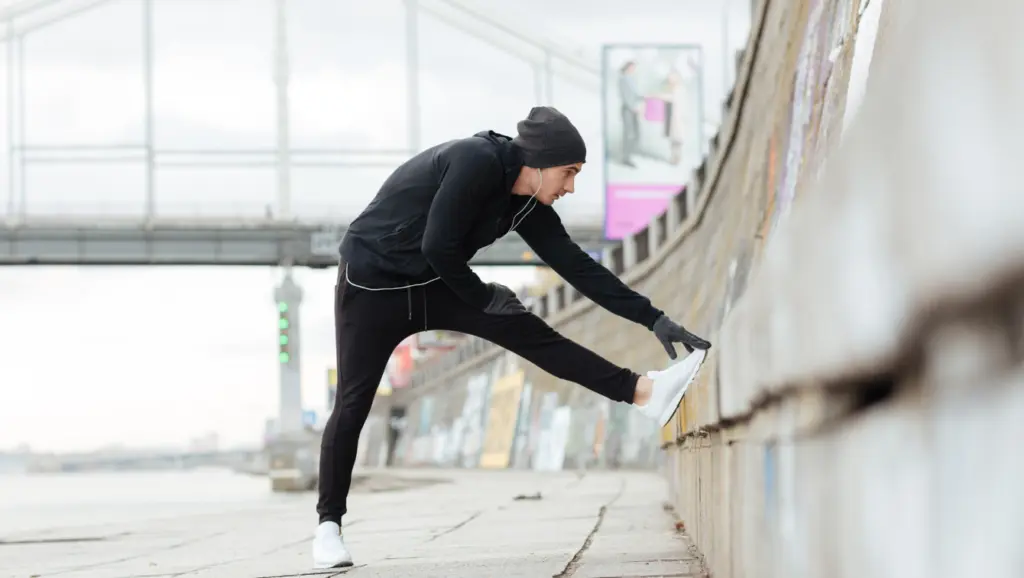
Here are some sample stretches and exercises for scoliosis:
- Pelvic tilts – A pelvic tilt will help stretch tight muscles in the hips and lower back.
- Arm and leg raise – People can strengthen their lower back with arm and leg raises.
- Cat-Camel – The Cat-Camel is a yoga It can help keep the spine flexible and pain-free.
- Bird-Dog – The Bird-Dog is another yoga-inspired exercise.
- Latissimus dorsi stretch – People can stretch the latissimus dorsi, the largest muscle in the upper body with this stretch.
- Abdominal press – Having strong abdominal muscles can help take some of the pressure off the back muscle. It can also help a person maintain good posture.
- Practicing good posture – Good posture can reduce pain and muscle tension. Several times a day, a person can realign their body to help them learn to stand with good posture naturally.
It’s important to always get the opinion of your orthopedist and Physical Therapist before beginning a scoliosis treatment regimen, even one that involves simple exercises. This ensures that you won’t be harming your skeletal system by performing these exercises
Tribeca Physical Therapy is officially reopened for in-person physical therapy sessions and continues to offer Telehealth PT or Virtual PT. Call us at 2124068080 or message us and book your first session free
